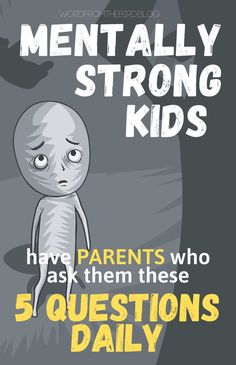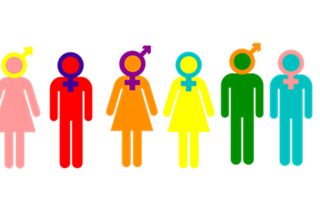Hethersett High School recently hosted its inaugural Black Achievement Festival, a vibrant and inspiring event aimed at promoting diversity, inclusion, and the accomplishments of Black students and educators. The festival also highlighted the significant contributions of Black individuals throughout history across various fields such as literature, arts, sports, and activism.
The event began with an opening ceremony featuring elegant song and dance performances by the school’s choir and dance troupe. Students showcased their talents in various art forms, including spoken word poetry and theatrical skits highlighting eminent Black figures both past and present. The festival created an unparalleled atmosphere of unity and cultural pride that was palpable from the moment one stepped into the assembly hall.
One of the main objectives of this celebration was to demonstrate to young students the impact and importance of Black achievements within our society. A keynote address delivered by a prominent professor at a local university focused on the influence of key historical events in shaping current educational opportunities for Black students.
To encourage further learning, faculty members set up interactive stations explaining essential milestones in African history. These exhibits covered topics ranging from ancient civilizations to modern-day movements like the Black Lives Matter campaign.
Throughout the day, there were engaging panel discussions featuring noteworthy speakers from different professional backgrounds. They shared their stories of success while also emphasizing the challenges they faced along their journey. These inspiring dialogues served to motivate the audience in tackling adversity head-on with a refined sense of determination.
In addition to enriching academic content, athletes, musicians, artists, and innovators took part in workshops designed to inspire young minds. In these sessions, various skills were taught by accomplished practitioners to empower students with new tools for self-expression.
During lunch break, all participants were treated to a diverse array of culinary experiences through food stands representing different African and Caribbean delicacies. Besides enjoying mouthwatering dishes, students had a chance to learn about the origins and preparation techniques of these unique recipes.
The Black Achievement Festival concluded with an award ceremony, recognizing the achievements of outstanding students in various fields. They were presented with certificates and gifts to commemorate their hard work and dedication to excellence, embodying the spirit of the festival.
Hethersett High School’s first-ever Black Achievement Festival was a resounding success, promoting a strong sense of community among students and staff alike. By embracing diversity, learning from one another’s experiences, and celebrating the accomplishments of those who have paved the way for today’s generation, Hethersett High School has undoubtedly set a high standard for future events in Teaching Expertise.











